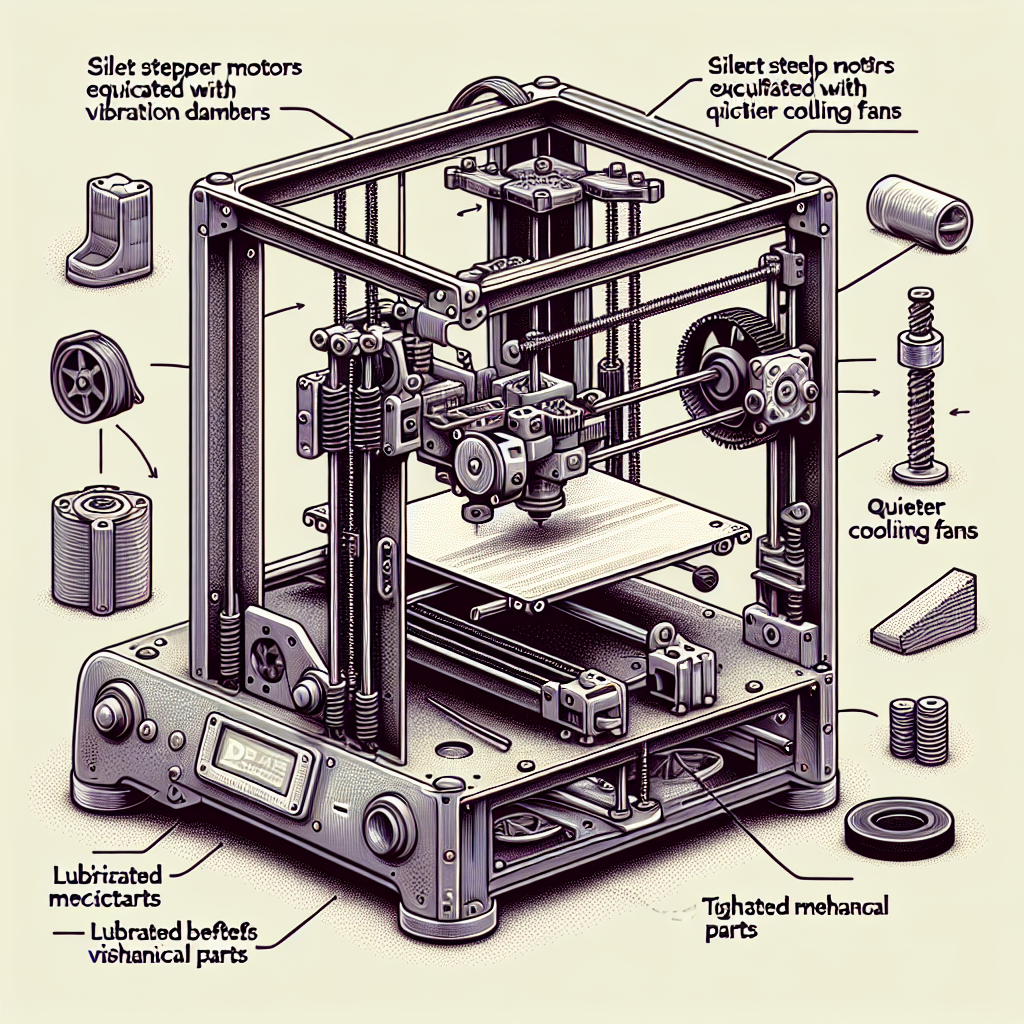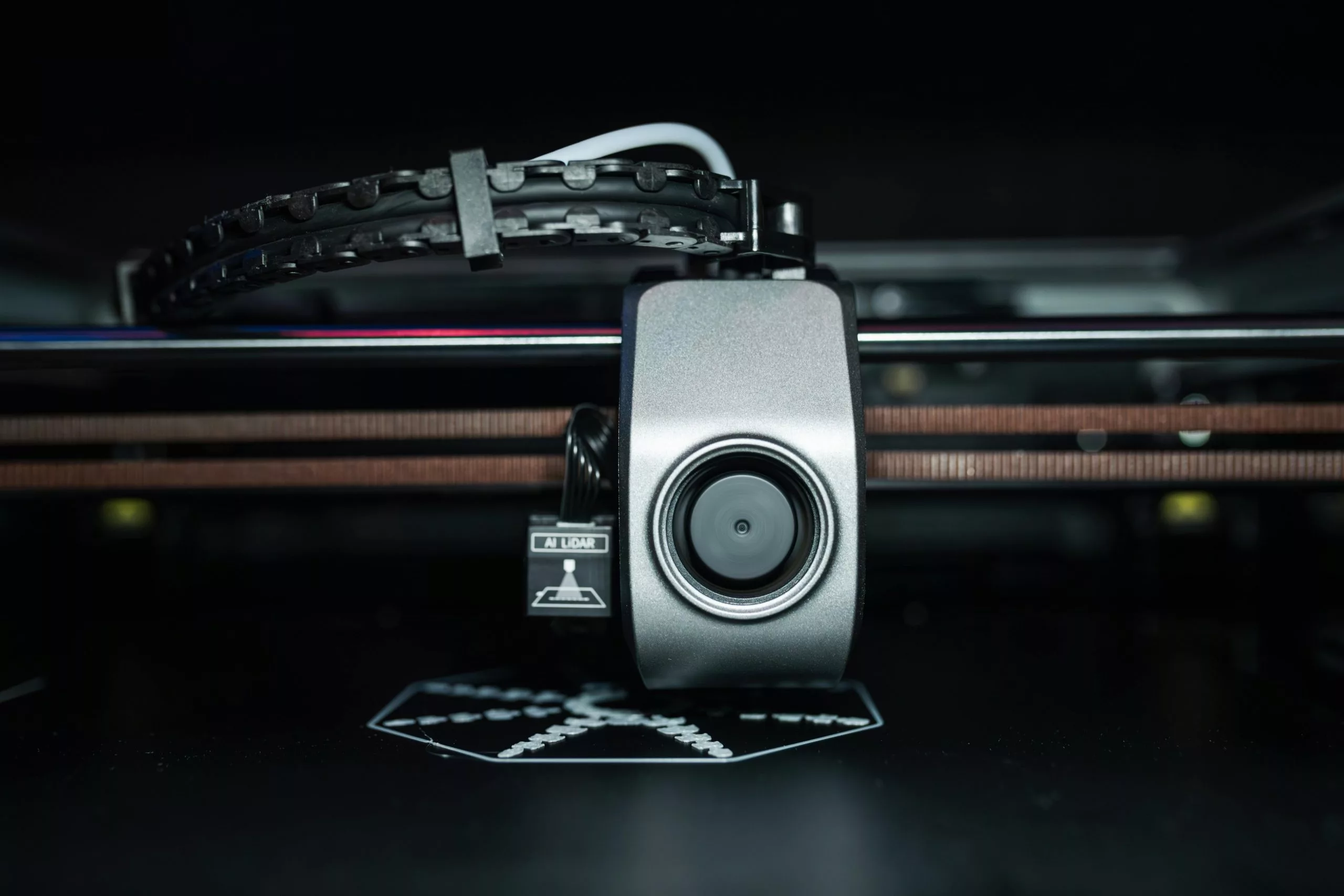Why Is My 3D Printer So Loud?
3D printers can be noisy, especially when running in a home or office environment. The symphony of stepper motors, cooling fans, and moving parts can quickly become a distraction. Understanding the sources of noise is the first step toward a whisper-quiet setup.
Main Sources of 3D Printer Noise
- Stepper Motors: The main workhorses that drive linear motion can emit high-pitched whines or clicking noises.
- Cooling Fans: Both the hotend and mainboard fans can be surprisingly loud, especially at high RPMs.
- Vibration: Printer frames, tables, and surfaces can amplify vibrations via resonance.
- Mechanical Motion: Bearings, rods, belts, and leadscrews can generate frictional and impact noises.
Practical Ways to Reduce 3D Printer Noise
From beginner tips to more advanced modifications, here are the best ways to create a quieter 3D printing experience:
1. Upgrade to Silent Stepper Motor Drivers
Many entry-level printers use older A4988 or similar drivers that are inherently noisy. Upgrading to silent drivers like TMC2208, TMC2209, or TMC2225 can drastically reduce motion noise. The difference is night and day—motors will hum softly rather than whine.
2. Use Vibration Dampers
Stepper motor vibration dampers act as shock absorbers between the motor and frame, reducing the transmission of motor vibrations. These are inexpensive and easy to install on most printers. They can reduce the “thumping” and “buzzing” associated with stepper motion.
3. Swap Noisy Fans for Quieter Alternatives
Stock fans are often cheap and loud. Upgrading to higher-quality, low-noise fans (such as Noctua for 24V/12V systems or high-quality ball-bearing fans) can cut noise significantly. Be sure to check the voltage and size before ordering replacements.
4. Lubricate Mechanical Parts
A little maintenance goes a long way. Clean and lubricate rods, lead screws, and bearings with a suitable lubricant (such as PTFE-based or silicone grease). This reduces friction and associated squeaks or squeals.
5. Tighten Loose Parts and Check Belt Tension
Loose screws, rattling panels, and slack belts can all contribute to noise. Regularly check and tighten all fasteners. Properly tension your belts—they should be taut, but not overtight.
6. Add Printer Feet or Isolation Pads
Placing your printer directly on a hard desk amplifies vibrations. Use rubber, silicone, or foam isolation pads/feet to absorb vibrations before they reach your desk or floor. Specialized antivibration pads work even better.
7. Build or Buy an Enclosure
A printer enclosure not only helps with temperature control and fumes but also muffles sound. Even a simple DIY enclosure made from IKEA Lack tables or acrylic panels can reduce noise by several decibels.
8. Adjust Print Speeds and Acceleration
Higher print speeds and aggressive acceleration settings increase noise. If you can afford to slow down, try reducing print speed and acceleration in your slicer or firmware—this will make movements smoother and quieter.
9. Upgrade Bearings and Linear Rails
Many budget printers use inexpensive bearings that can chatter or grind. Upgrading to quality linear bearings or even to linear rails (for advanced users) can significantly reduce noise and improve print quality.
10. Organize Cables and Ensure Clearance
Sometimes cables or wire harnesses brush against fans or moving parts, creating unnecessary noise. Make sure all cables are secured and routed away from moving components.
Common Questions About 3D Printer Noise
- Is it safe to run a 3D printer at night? With the above noise-reduction steps, running your printer overnight is much less likely to disturb others. However, always follow safety precautions and never leave a printer completely unattended.
- Does noise indicate a problem? Sometimes. Sudden increases in noise may indicate a worn bearing, loose part, or failing fan. Investigate any new or unusual sounds promptly.
Summary: How Quiet Can You Get?
With a combination of silent stepper drivers, better fans, routine maintenance, and vibration isolation, you can reduce your 3D printer’s noise by more than half—or even more. While some ambient sound is inevitable, a well-tuned machine should be no louder than a desktop computer. Try a few of these tips and enjoy a quieter, more pleasant 3D printing experience!


Leave a Reply